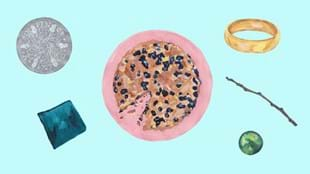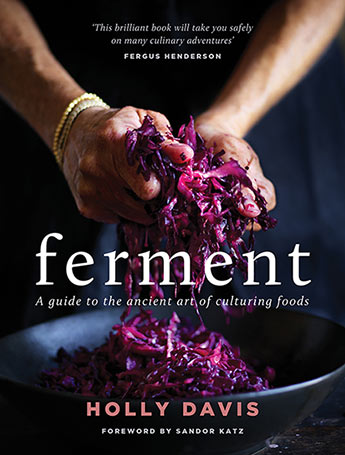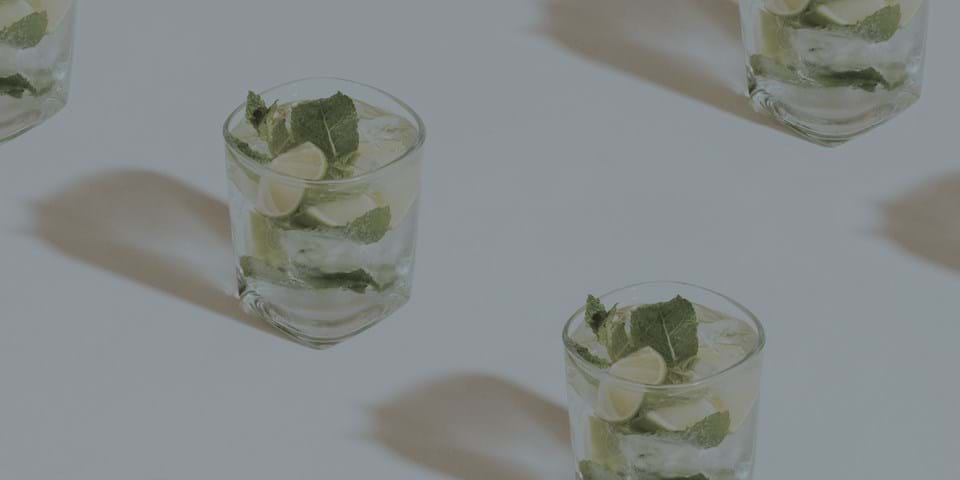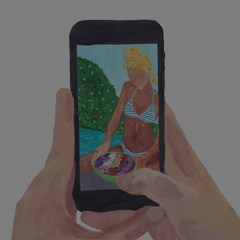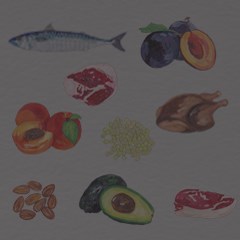Fermentation is more an art than a science, says Australian wholefood chef Holly Davis. In this fun interview she explains the importance of fermentation to a healthy diet, and shares a traditional Halloween recipe for Celtic speckled tea loaf.
This interview comes courtesy of Radio New Zealand.
Believe it or not, Halloween was not invented by candy stores or costume makers. The trick-or-treat night first originated in Ireland, where it evolved from the ancient Celtic festival of Samhaim. In pagan times it marked the end of the agricultural cycle, when crops were harvested and stored for winter.
Being a time of transition – between worlds, so to speak – there was plenty of room for superstition and the notion of spirits roaming the land, which is where our modern Halloween tradition probably comes from.
But it was also a time to celebrate and to feast. One of the staples of an Irish Halloween is known as “Ara'n breac” (aka “barmbrack”), which is a cross between bread and cake.
The loaf traditionally contained various objects baked into it - a pea, a stick, a piece of cloth, a small coin (originally a silver sixpence) and a ring. Each item carried a meaning: the pea meant you would not marry that year, and the ring meant would be wed within the year.
Most of all, it tasted great. "You have a cup of tea and a piece of barmbrack and you're in heaven," says Holly.
Leavening is the form of fermentation used in making the loaf, with the help of spent yeast leaves from dark ale or stout. Grains are inherently difficult to digest and many people have problems with gluten, but a sourdough starter does the leavening for you and “pre-digests” the flour, making it easier for your body to absorb the nutrient value of the grains.
Holly first got into fermentation aged only 14 due to her early interest in macrobiotics, in which fermented foods are used as condiments. She's been learning more for the past 40 years. Most people know yoghurt involves a culture, she says, but without fermentation we also wouldn't have vanilla, coffee, chocolate and black tea – not to mention cheese, olives, salami and cured fish.
You can find Holly’s recipe here – and many more in her new book, Ferment: A Guide to the Ancient Art of Making Cultured Foods.

This content is published under licence and in partnership with Radio New Zealand, one of the world’s foremost public broadcasters. To learn more go to radionz.co.nz
Follow the freshest thinking @fitplanetmag.



